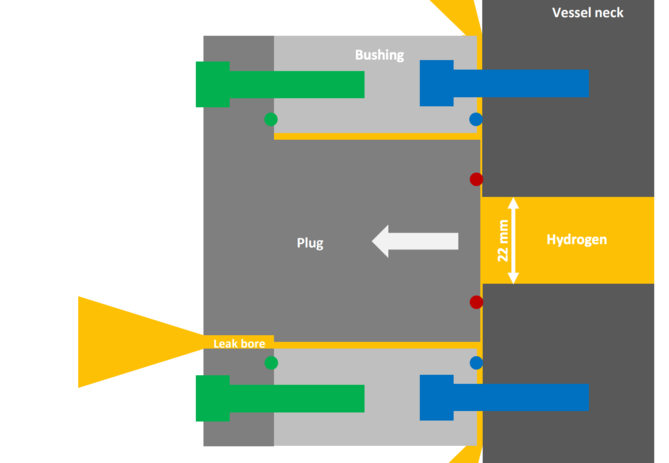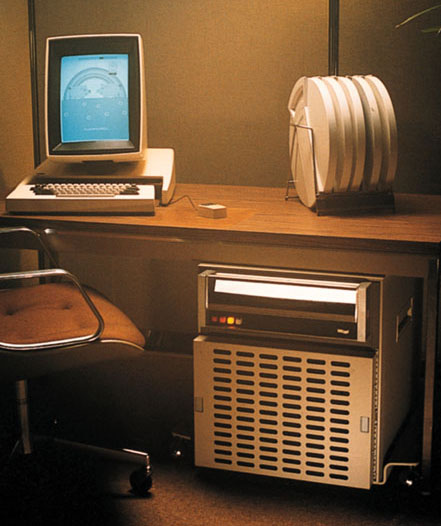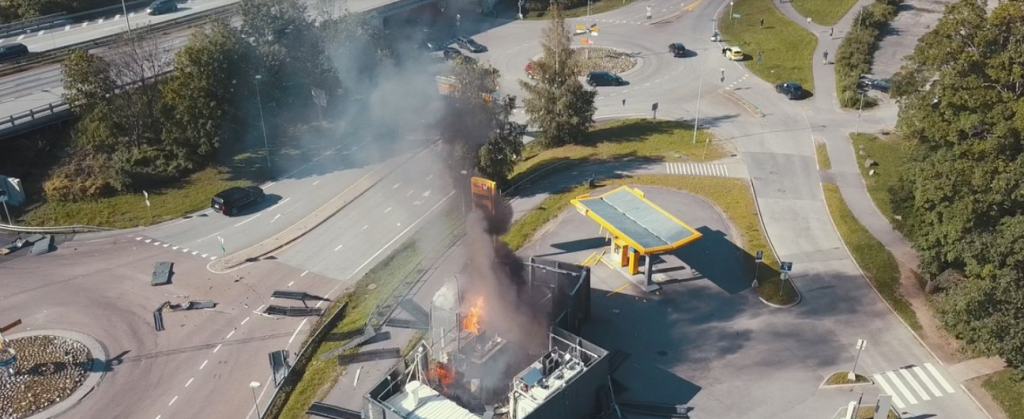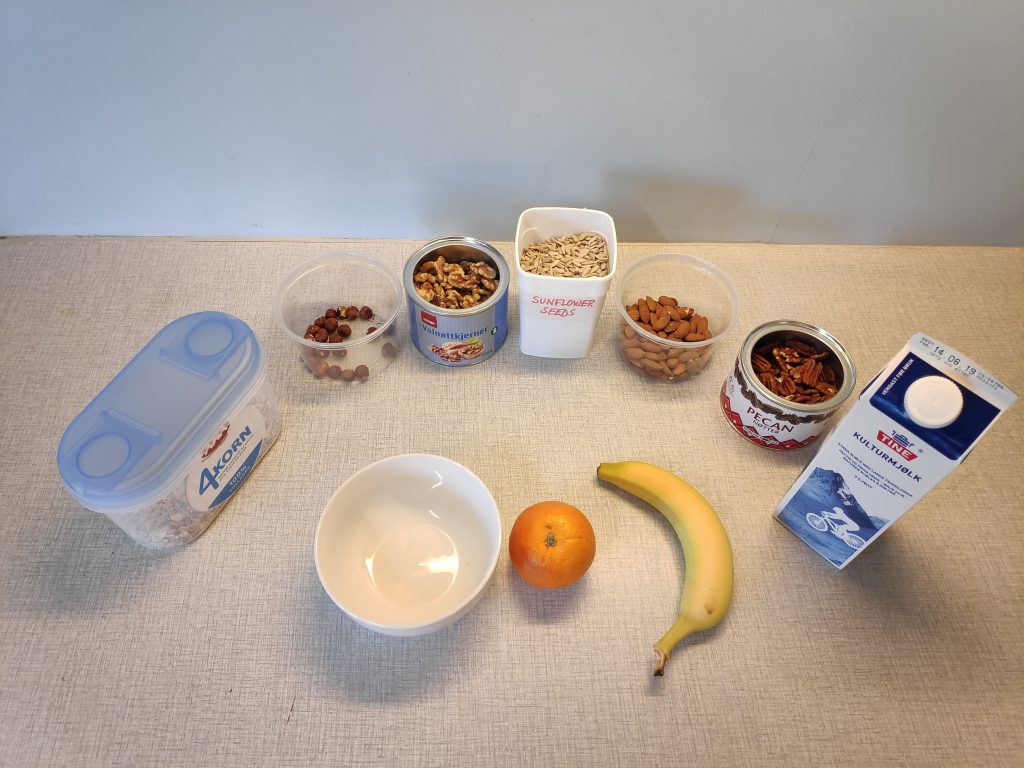The hydrogen station at Kjørbo is centrally located in Sandvika outside of Oslo, by two of the busiest roads in Norway with 80 000 cars passing daily. It is in Bærum municipality, and Akershus county. It exploded on Monday 2019-06-10. Since then, a number of interesting – some might say alarming – facts have emerged.
The station was a joint venture between X-Uno, Nel and Nippon Gases (formerly Praxair), announced on 2016-04-01. It uses Nel technology for on-site hydrogen production from electrolysis. The station is co-located with Powerhouse Kjørbo, an energy-positive office building, that uses solar panels that can supply upward of 200 000 kWh each year, twice the amount of the building’s annual energy consumption. Some of this excess energy was to be used to produce hydrogen.
The project had a total budget of NOK 28.4 million, of which NOK 5.7 million was support from the Akershus County Council and NOK 7.7 million was from the Norwegian public enterprise, Enova, responsible for the promotion of environmentally friendly production and consumption of energy. Other project partners included consulting firm Asplan Viak and Bærum Municipality.
Nel is an electrolysis technology company that has expanded into the hydrogen market. Its roots going back to technology developed by
Norsk Hydro in 1927. It is the world’s largest electrolyzer manufacturer with more than 3500 units delivered in over 80 countries. It is also a world leading manufacturer of hydrogen fuelling stations; approximately 50 stations delivered to 9 countries.
Safety Assessment
Bærum municipality has clearly stated that they did not have the competence to say whether the station was safe or not. They pointed out that the operator Uno-X sent its risk analysis to the Directorate for Civil Protection and Emergency Planning (DSB), relying on the authority to intervene if they saw the station as a security risk.
But DSB did not assess the analysis. Neither do they need to do so with anyone who stores or produces hydrogen in Norway. It emerges from DSB’s overview of hydrogen facilities in Norway, that the limit for having to get approval from the professional authority is actually set so high that it does not apply to anyone.
A total of 5 tonnes of hydrogen can be stored before it is subject to major accident regulations. Then another regulation on the storage of hazardous chemicals enters, which requires consent from DSB. That said, 100 grams of hydrogen can cause a serious situation if it is handled incorrectly, and less than one kilogram can lead to a fatal accident.
The 5 tonne limit is taken directly from Seveso, the relevant EU directive, which has been placed in the Norwegian major accident regulations. DSB is nevertheless free to demand that organizations obtain approval even if they are below the limit. However, DSB must argue that the risk dictates it, and then make a decision. It was not done at the hydrogen filling station in Sandvika. DSB is now also asking whether the limit of 5 tonnes of hydrogen is reasonable.
The amount of hydrogen stored when it exploded in the Uno-X station in Sandvika is uncertain, but in the safety analysis, the company estimates that they would store up to 100 kilograms during the first 1-2 years.
Leakage without Alarm
Perhaps the most disturbing fact emerging is that there was a hydrogen leak for an estimated 2.5 hours, that did not set off any alarms before the station exploded.
Nel installed the technology at the station and has admitted their responsibility for the explosion.
They are now reacting to the accident with a four point action plan. First, with a verified plug solution, they intend to inspect all high pressure storage units in Europe, and to check and re-torque all plugs. This should prevent the same circumstances arising in the future.
Second, they are updating their routines for assembly of high pressure storage units. This includes the introduction of a new safety system, and routines that follow an aerospace standard. This includes torque verification, double witness and documentation/marking.
Third, there is a need for improved leak detection, since it is estimated that hydrogen leaked from the tank for 2.5 hours, without this being detected. Thus, no alarm sounded before the tank exploded. Initially, this will involve a software update to increase leak detection frequency. However, they will also consider additional detection hardware and/ or modifications to the existing equipment.
Fourth, ignition control measures will have to be implemented. These are site dependent. A smooth surface, without gravel, should surround any high pressure storage unit. Additional ventilation may also be required, along with greater use of EX-equipment. That is, electrical equipment specifically designed for hazardous locations. This type of equipment should be specially designed and tested to ensure it does not initiate an explosion, including – but not restricted to – those due to arcing contacts or high surface temperature of equipment.
Incorrect Assembly of Equipment
The safety consulting company Gexcon, along with SINTEF and Bureau Veritas, is responsible for investigating the accident. They have found that a plug in one of the hydrogen tanks was mounted incorrectly and that this is why hydrogen leaked into the air and formed a cloud that eventually exploded.
On Friday, 2019-06-28, Nel, the company manufacturing the hydrogen distribution equipment, and who has taken responsibility for the explosion, explained how the incorrect assembly took place. Their presentation – which appears to be part public relations information about the company and part explanation for the incident – is here.
- Materials OK
- Magnetic particle inspection
- Penetrant testing
- Verification of materials
- Design OK
- 1 000 000 cycle accelerated test
- Assembly NOT OK
- Bolt analysis
- Physical gap
- Opening torque

- Starting condition.
- Green bolts torqued properly
- Blue bolts not torqued properly
- Red sealing fails.
- Starting with small leak on red sealing area
- Small leak wears red sealing out and escalates
- Large leak exceeding capacity of leak bore, causing pressure increases inside blue sealing area
- Bushing with Plug lifts and the blue seal fails.
- Insufficient pretension of bolts leads to lift of the plug and blue sealings fail immediately
- Spread of Hydrogen leaks out in uncontrolled way
There are two main candidates for ignition that are probably impossible to distinguish between. These are: 1. Self-ignition by static electricity mixed with optimum amount of oxygen and hydrogen led to ignition. 2. Gravel on the substrate at the tank, which lay at the very bottom in one corner. Wind acting on the gravel may have caused friction which led to ignition.
An additional report is expected to be released at the end of august 2019.
V2: The content was updated 2019-06-30 at 17:30.





